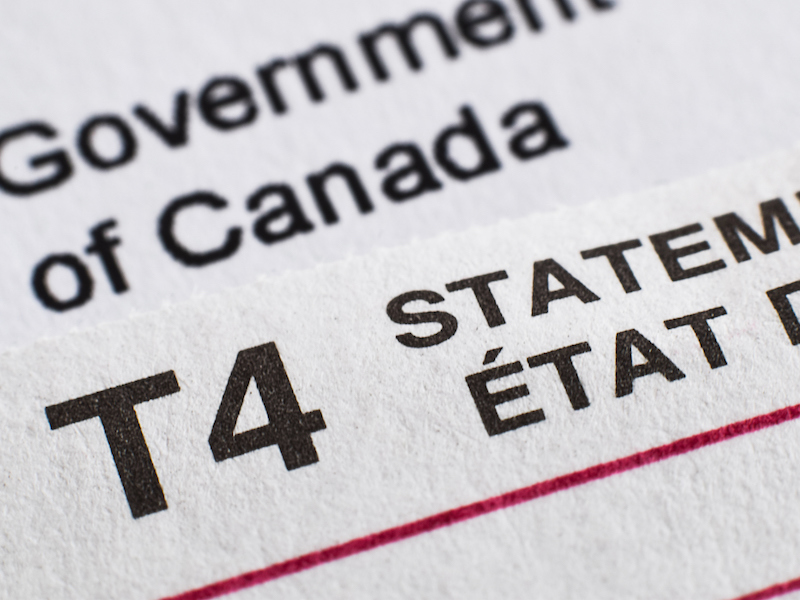
The federal government’s plan to expand simple tax filing by phone and implement automatic tax filing could cost nearly $9 billion over five years, according to a report from the Office of the Parliamentary Budget Officer (PBO) released Thursday.
The additional Canada Child Benefit, Canada Worker Benefit and GST/HST credit paid to current non-filers could cost $8.67 billion between the 2024–25 and 2028–29 financial years, the PBO said.
The PBO estimated the administrative costs of expanding SimpleFile by phone will cost $2 million from 2023–24 to 2028–29, with the administrative costs of automatic tax filing to be $306 million over the same period.
Budget 2024 estimated an administrative cost of $54 million over five years to implement a pilot project for automatic tax filing. The pilot is set to commence this summer.
“The cost estimates presented in this report reflect a scenario in which the CRA would independently file the return of all non-filers who can be linked to a CRA administrative record, which likely represents an upper bound estimate,” the PBO’s report stated.
The CRA does not require everyone to file a personal income T1 tax return. People without tax payable for the year are generally not required to file, for example. However, many government benefits are only distributed to individuals who file a tax return.
The Liberal government first announced it intended to introduce an automatic income tax filing service in 2020. Quebec began offering pre-filled provincial tax returns in a pilot project last year.
Supporting data for the PBO’s estimates came from Statistics Canada’s 2021 census, and related to the 2020 tax year. The PBO also used estimates from other Statistics Canada studies.
About 30 countries have automatic tax filing, the report said. Sweden and New Zealand, for example, will accept a preliminary tax liability assessment if the filer does not submit any modification, while Denmark and the U.K. require taxpayers to confirm a prepopulated return to complete the filing process.
The PBO noted that tax data from 2020 doesn’t account for post-Covid-19 earning patterns. It also cautioned that the final design of automatic tax filing could differ from the assumptions used in the analysis.